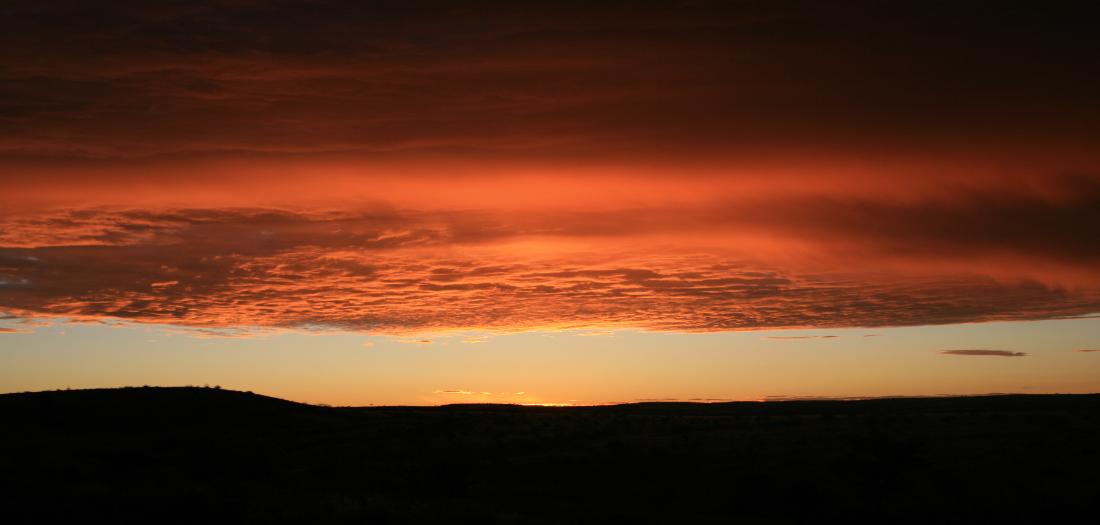Habitat
Areas of short grass with medium or dense stands of brush and a permanent water
supply are ideal Impala habitat. They avoid, at all costs, areas of tall grass.
All young males are evicted from the herd, congregating in "bachelor groups". On
defending their territories, males will resort to some characteristic rituals, their nose
extended forward, heads down, tails outstretched and uttering awesome snorts,
sounding more like a large then predator than a small herbivore. If this intimidation
process proves not enough, then a fight will ensue. So preoccupied both antagonists
become with their fighting, that they totally disregard any approaching danger. After
the mating season, peace and tranquility returns to the herd, and some of the evicted
young up to 40 Kg. They have a lifespan of about 12 years. Only males have horns.
Adult Impala males can weigh up to 50 Kg, and female up to 40 Kg. They have a
lifespan of about 12 years. Only males have horns.
Impala are both grazers and browsers, feeding on grasses and leaves, flowers and
seedpods of shrubs.
Normally only one lamb is born in December and January after a gestation period of
194 to 200 days, and will be strong to walk within a couple of hours. Females give
birth for the first time at the age of 3 years.
Areas of short grass with medium or dense stands of brush and a permanent water
supply are ideal Impala habitat. They avoid, at all costs, areas of tall grass.
All young males are evicted from the herd, congregating in "bachelor groups". On
defending their territories, males will resort to some characteristic rituals, their nose
extended forward, heads down, tails outstretched and uttering awesome snorts,
sounding more like a large then predator than a small herbivore. If this intimidation
process proves not enough, then a fight will ensue. So preoccupied both antagonists
become with their fighting, that they totally disregard any approaching danger. After
the mating season, peace and tranquility returns to the herd, and some of the evicted
young up to 40 Kg. They have a lifespan of about 12 years. Only males have horns.
Adult Impala males can weigh up to 50 Kg, and female up to 40 Kg. They have a
lifespan of about 12 years. Only males have horns.
Impala are both grazers and browsers, feeding on grasses and leaves, flowers and
seedpods of shrubs.
Normally only one lamb is born in December and January after a gestation period of
194 to 200 days, and will be strong to walk within a couple of hours. Females give
birth for the first time at the age of 3 years.

| 1-702-425-5086 |
| Impala |
HOME | PAYMENT | DISCLAIMERS | CONTACT US
| 1-702-425-5086 |

| Rennell Barney 702-425-5086 Kerry Barney |
| High Desert Safari Consultants |








